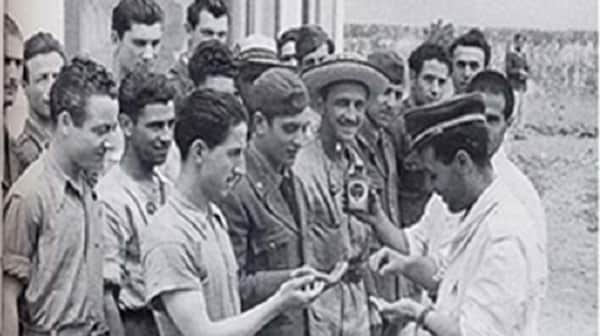Key points
- One of the biggest past and present threats to controlling malaria in endemic countries is drug resistance.
- Recent emergence of partial artemisinin resistance in multiple sites across the globe threatens the future of artemisinin-based combination therapy, the current first-line treatment for P. falciparum in most endemic countries.

Overview
The development of resistance to drugs poses one of the greatest threats to malaria control and results in increased malaria morbidity and mortality. Resistance to currently available antimalarial drugs has been confirmed in only two of the four human malaria parasite species, Plasmodium falciparum and P. vivax. It is unknown if P. malariae or P. ovale has developed resistance to any antimalarial drugs. P. knowlesi, a zoonotic monkey malaria that infects humans in forest fringe areas of Southeast Asia, is thought to be fully susceptible to chloroquine and other currently used drugs.
Drug-resistant P. falciparum
Chloroquine-resistant P. falciparum first developed independently in three to four areas in Southeast Asia, Oceania, and South America in the late 1950s and early 1960s. Since then, chloroquine resistance has spread to nearly all areas of the world where falciparum malaria is transmitted, with the exception of Central America west of Panama Canal, Haiti, and the Dominican Republic.
P. falciparum has also developed resistance to nearly all of the other currently available antimalarial drugs, such as sulfadoxine/pyrimethamine, mefloquine, and quinine. Although resistance to these drugs tends to be less widespread geographically, in some areas of the world, the impact of multi-drug resistant malaria can be substantial. Most recently, partial artemisinin resistance has independently emerged in parts of Southeast Asia, South America, and East Africa, impacting the efficacy of artemisinin-based combination therapy, the main class of antimalarials used worldwide.
Drug-resistant P. vivax
Chloroquine-resistant P. vivax malaria was first identified in 1989 among Australians living in or traveling to Papua New Guinea. P. vivax resistance to chloroquine is a major challenge in Oceania and some countries in Southeast Asia. Emerging evidence has suggested chloroquine-resistant P. vivax in other countries and regions but has not impacted treatment policies and further evaluation is needed.
